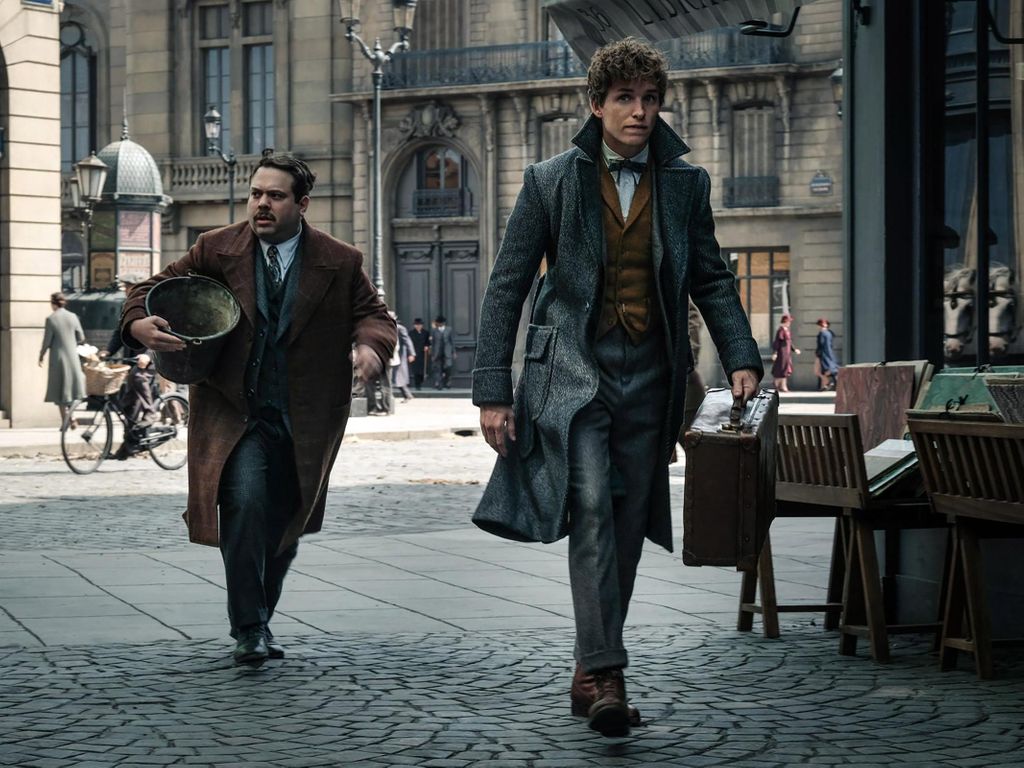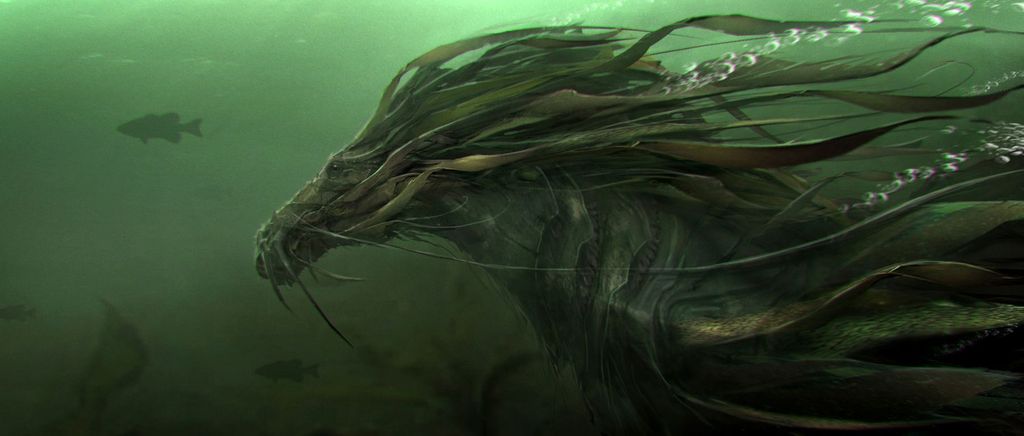The Crimes Of Grindelwald
Jun 29, 2019 • 32 views
Absolutely, J.K. Rowling's whole artistic and true to life realm depends on an establishment of genuine, moralistic subjects. They are investigated through an epic, great fight between the light and dark to make them available for all ages. Who were the individuals from Hogwarts' Slytherin house if not pitiless, elitist narrow-minded people, fixated on their apparent prevalence as pureblooded wizards and witches? Be that as it may, while the first "Harry Potter" adventure accomplished a superb harmony between the heart-pounding action and emotion, the "Fantastic Beasts" spin-off universe still battles to discover such awesomeness and, beyond any doubt, balance.

This is puzzling, given that Rowling herself has composed the screenplays for both the first Fantastic Beasts and Where to Find Them from 2016 and now its sequel, Fantastic Beasts: The Crimes of Grindelwald. The director of the last four motion pictures in the "Harry Potter" series, is the executive of these movies too. Be that as it may, it's as though Rowling needs to pack in something over the top, and nobody is eager to propose control over that sense. There's surely enchantment to be found here, and not just as a visual marvel. At the same time, there's an inconvenient measure of character and plot. The Crimes of Grindelwald is more than its predecessor, which was fastened to the principal story necessities of an amazing construct and may be depended too vigorously on its strange and magnificent animals to give the crowd the impression of being transported, yet that is not something to be thankful for.
In the new movie, Newt must remove time from his numerous cuddly and crawly critters to find Grindelwald in line with Hogwarts dean Dumbledore, who can't do it without anyone else's help since he had a (too) close relationship in his childhood with this now-abhorrent and villainous Grindelwald. Rowling has shown beforehand that Dumbledore is gay, and the recommended association with Grindelwald develops that interesting thought, however, the content frustratingly shies from digging a lot further into their conceivable sentiment.

Newt additionally has his very own future sentiment going on with the sweet, yet restless auror Tina Goldstein. In any case, Tina is uneasy about engaging with Newt since she presumes he's still enamoured with his youth cohort Leta Lestrange. Leta is about to wed Newt's sibling, Theseus, who's an authority with the Ministry of Magic.
Be that as it may, there's more. Tina's pleasingly ditzy sister, Queenie, who's adept at legilimency, is back with her adorable haul of a Muggle sweetheart, Jacob. The second movie ricochets forward and backwards between these different stories as well as between 1920s London and Paris, which look so comparable in their cosmopolitan unhappiness that they're basically exchangeable (and in some cases, too much so).

At last, a standout amongst the most vital bits of all is the storyline including the amazing and tormented Credence Barebone. He is attempting to locate his actual family while Grindelwald at the same time attempts to discover him so as to weaponize him. His one genuine companion and defender is the shapeshifter Nagini, who can transform herself into a goliath snake. Yet, even they become mixed up in the bog, all things considered.
Singular minutes and pictures do emerge, however - a jam-packed bazaar tent that neatly stores itself into a truck with the flick of a wand, or a gold sparkly fog that—when sprinkled in a specific spot—uncovers the careful discussions and moves that had happened there, down to the impressions. Also, the awesome beasts are without a doubt incredible, particularly the great seahorse made completely of kelp that you can ride submerged. They're only significantly harder to discover this time compared to the frequency in the first movie.

